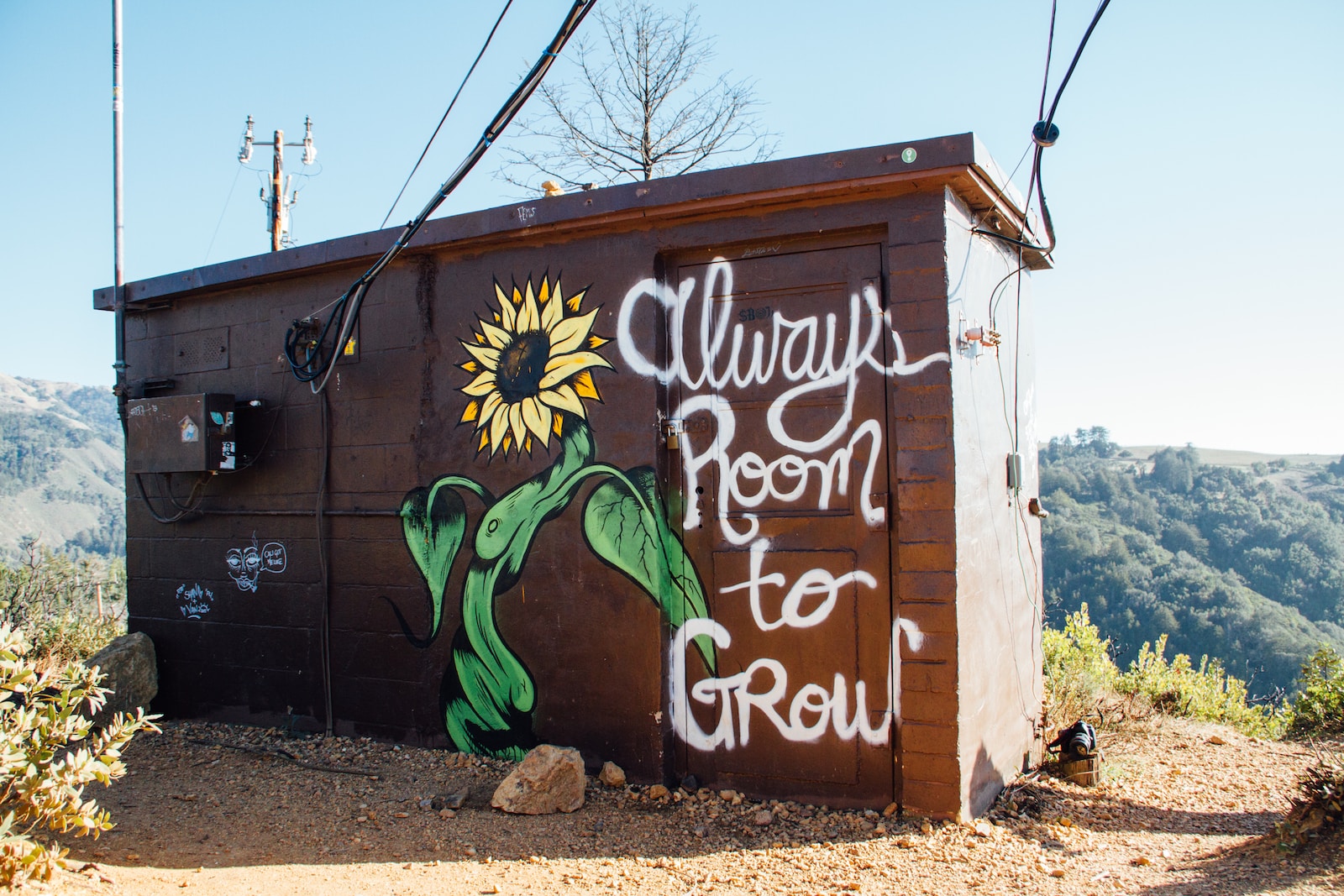
Is the cannabis industry growing?
The last 2.5 years have been tough for the recreational marijuana industry. Flower prices have collapsed, New York has had a leisure launch fiasco, and some major companies have been on the brink of collapse. But things are changing. The slow-moving Biden administration has finally agreed to talk about debt restructuring, and SAFE Banking is once again going before a Congress in turmoil. Is the cannabis industry coming of age and starting to behave and develop like other mainstream industries?
Despite the difficulties, consumers are consuming it and the long-term customer base is growing. While 90% believe it should be legal in some form, about 46% of adults have used marijuana at least once. For those under 40, it’s almost like beer, sodas and fast food, just a way of life. A key benefit of this information is that they are more likely to try new products, unlike those over 65 who are significantly less likely to try new things.
RELATED: California or New York, where there’s the biggest marijuana mess
There are clear signs that the industry has overcome its growth difficulties. The industry is adapting to reality. As an industry with more than $22 billion in 2022, it wants to behave like an industry with more than $250 billion. However, market forces determine the right size in several ways. In 2018 there were over 750 conferences/trade shows/investor conferences, now there are around 200. Indoor grow companies, the most expensive type of production, are having to adjust prices. Some are threatened with closure because they assume premiums will always be high. The fluctuating prices of raw materials used in everything from oil to butter have become a weed. But consumers are still buying in droves, with even Montana seeing strong sales.
Photo by Cappi Thompson/Getty Images
“In most industries, everyone wants to get started first and believes they can make a quick fortune straight away. When this happens, people are misled by false information and the wrong people from another shady past think they know everything. The cannabis industry is no different and will behave like other successful companies. “We needed this realignment, most of the bad players are out, the misinformed are on the sidelines and those who put the time and energy into the room are still there and will be successful,” says Andrew Laub, managing partner from Keneh Ventures.
Even big names have had to struggle recently. Medmen, King’s Garden, The Parent Company and others have all closed or are a faction where they were. Gone are the early days of promises of easy money, private jets, crazy parties and hot eye candy and now it’s spreadsheets, hard work and focus. Canopy Grow has moved its operations from Canada to the United States, applying all the learnings of a highly successful alcohol company to a major player in the marijuana space.
The industry has also slowly moved to listening to consumers. Marley brands have turned to Wana Brand products that appeal to a younger, diverse audience. As the future leans towards legalization, product companies are increasingly paying attention to what will do well on the shelves of Walmart and Target, rather than something they can laugh about with their friends.
RELATED:
“The industry is evolving faster today as cannabis planning is expected to change in tandem with the Controlled Substance Act and the possible passage of the SAFE Banking Act in Congress.” This results in the “Mainstream investors are getting excited about cannabis again, but mainstream investors are doing their due diligence and only want to invest their money in competent and honest people,” shares Curt Dalton, founder of Cannabis.net.
While the industry still has work to do, major investors see the future as one in which there are fewer products with wide distribution, indoor cultivation and cheap base prices, as well as a huge consumer base that turns to familiar locations to purchase products.

Post a comment: